Mediterranean Spiced: Unlock the Secrets of Sun-Kissed Flavors with These 7 Must-Have Spices!
Calling all food lovers, flavor seekers, and spice enthusiasts! Are you ready to transport your taste buds to the sun-drenched coasts of Greece, Italy, Morocco, and beyond? Welcome to the world of Mediterranean spiced cuisine—a vibrant tapestry of aromas, colors, and flavors that celebrate life, health, and culinary harmony.
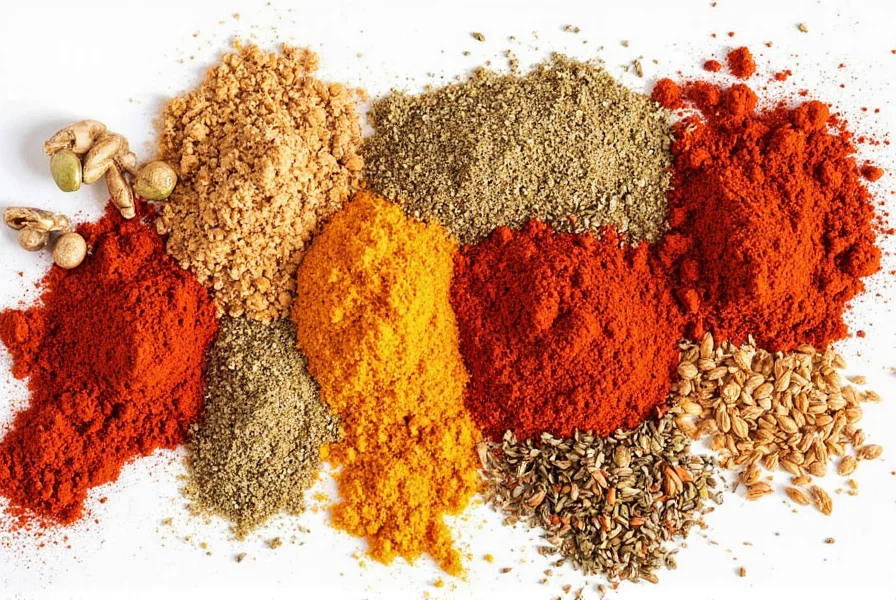
Table of Contents
- What Makes Mediterranean Spiced So Special?
- The Top 7 Mediterranean Spices You Should Know
- How to Use Mediterranean Spices Like a Pro
- Mediterranean Spice Blends Around the World
- Buying Guide: Choosing the Best Mediterranean Spices
- Conclusion: Embrace the Mediterranean Flavor Revolution
What Makes Mediterranean Spiced So Special?
The Mediterranean region is known for its diverse landscapes—from rolling olive groves to arid hillsides—and its spices reflect this natural bounty. Unlike some cuisines where spices are used heavily to mask or preserve, Mediterranean cooking uses them subtly to enhance freshness, balance fat, and add warmth without overpowering.
In ancient times, spices were currency, medicine, and status symbols. Today, they’re celebrated as pillars of healthy eating and joyful living. The magic lies in how each culture blends history, climate, and tradition into every pinch of spice.
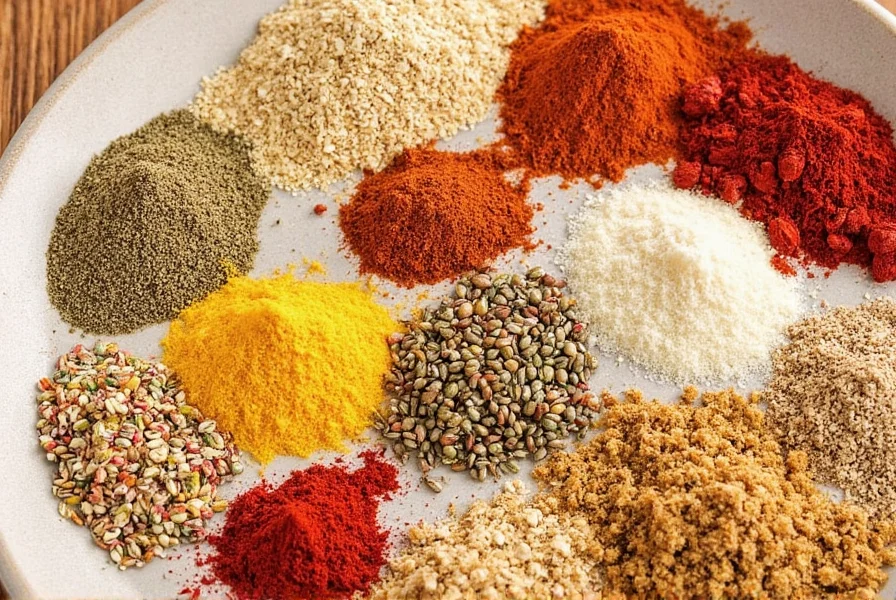
The Top 7 Mediterranean Spices You Should Know
Ready to spice up your kitchen the Mediterranean way? Here’s a list of must-have ingredients that will instantly elevate your dishes:
- Oregano – The heart of Greek salads and grilled meats.
- Paprika (Sweet & Smoked) – Adds depth to Spanish chorizo and paella.
- Cumin – Found in North African harissa and Moroccan tagines.
- Fennel Seeds – A staple in Italian sausage and seafood dishes.
- Saffron – The world’s most expensive spice, perfect for Spanish paella and French bouillabaisse.
- Sumac – Tart and tangy, ideal for seasoning meats and dips.
- Rosemary – Aromatically bold, especially when paired with roasted potatoes or lamb.
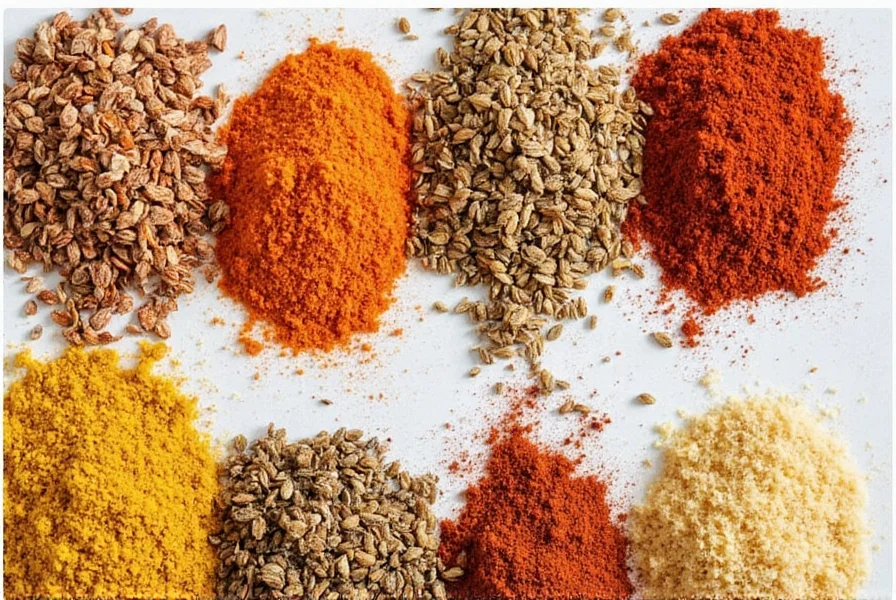
How to Use Mediterranean Spices Like a Pro
You don’t need a passport to bring the Mediterranean to your table—just a few simple tricks:
- Toasted, Not Burnt: Toast spices like cumin and coriander in a dry pan to unlock their oils and intensify flavor.
- Layering is Key: Add dried herbs early for stews and late for fresh dishes like salads.
- Better Together: Combine rosemary with garlic or sumac with lemon for instant gourmet flair.
- Oil It Up: Infuse olive oil with spices like oregano or chili flakes for dipping sauces and dressings.
- Use Fresh When Possible: Fresh herbs like parsley and mint often outshine their dried versions in Mediterranean dishes.
| Spice | Best For | Tips |
|---|---|---|
| Oregano | Grilled meats, tomatoes, olive oil | Dried works better than fresh |
| Cumin | Tagines, lentils, soups | Toasting brings out nutty notes |
| Saffron | Paella, risotto, seafood | Steep in warm liquid before use |
| Sumac | Meats, dips, salads | Sprinkle on at the end for brightness |
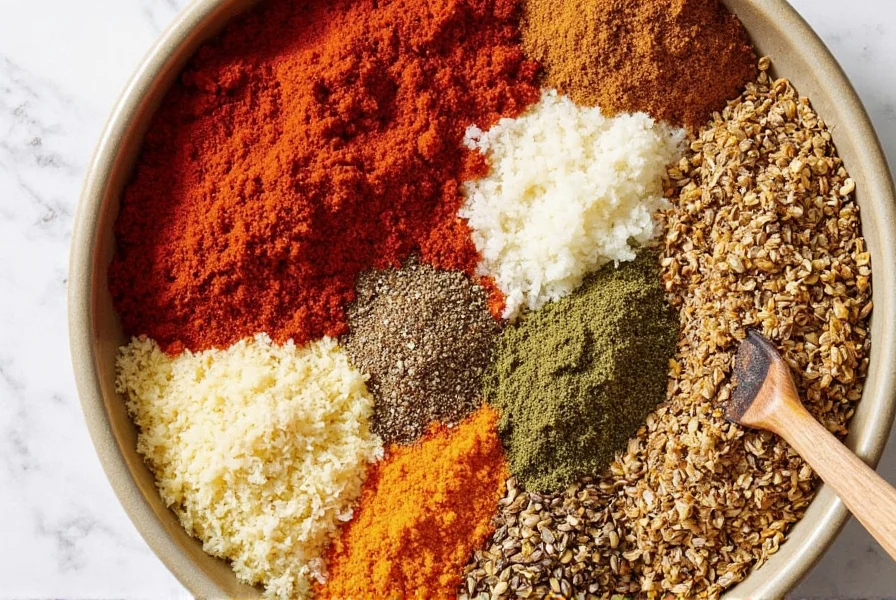
Mediterranean Spice Blends Around the World
Mediterranean spice traditions aren't limited to single ingredients—they're often combined into iconic blends that define entire cuisines:
- Za’atar (Middle East): Sumac, thyme, sesame seeds, and salt. Perfect on flatbreads and hummus.
- Herbes de Provence (France): Thyme, lavender, rosemary. Great for roasting vegetables or poultry.
- Harissa (North Africa): Chili peppers, garlic, coriander, caraway. Fiery and fragrant, used in stews and couscous.
- Mixed Herbs (Italy): Basil, oregano, rosemary. Ideal for pasta sauces and pizzas.
| Blend | Region | Main Ingredients | Best Use |
|---|---|---|---|
| Za’atar | Lebanon / Israel | Thyme, sumac, sesame, salt | Dipping oil, bread topping |
| Herbes de Provence | France | Thyme, lavender, marjoram | Vegetable roasting, stews |
| Harissa | Tunisia | Chili, garlic, coriander | Spicy paste for meat and rice |
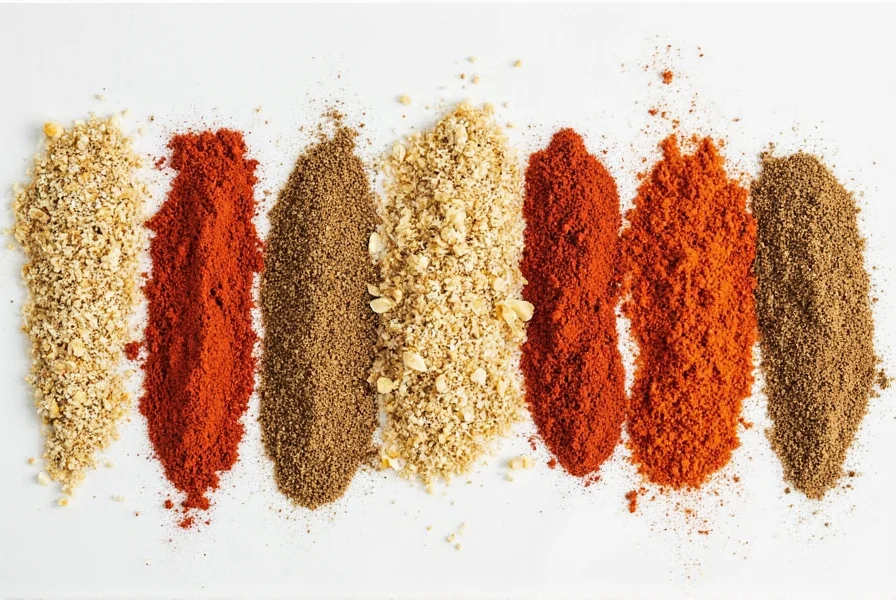
Buying Guide: Choosing the Best Mediterranean Spices
Not all spices are created equal. To get the most authentic Mediterranean experience, it’s important to choose quality over quantity. Here’s how to shop smart:
Look for Whole Spices When Possible
Whole spices like cumin seeds, fennel seeds, and peppercorns last longer and retain more flavor than pre-ground versions. Plus, grinding your own ensures maximum potency.
Avoid Old Stock
Spices lose potency after about six months. Always check expiration dates, and store them away from light and heat.
Organic & Sustainably Sourced
For the cleanest flavor and ethical sourcing, opt for organic spices. Look for fair-trade certifications if sustainability matters to you.
Recommended Brands
| Brand | Features | Pros | Cons | Best For |
|---|---|---|---|---|
| Spice Hunter | Organic, non-GMO | Pure flavor, sustainable packaging | Pricier than average | Gourmet home cooks |
| Simply Organic | Fair Trade certified | Eco-conscious, affordable | Some blends may lack intensity | Everyday Mediterranean cooking |
| Penzeys Spices | High-quality, bulk options | Great variety, competitive prices | Online ordering only | Spice collectors and experimenters |
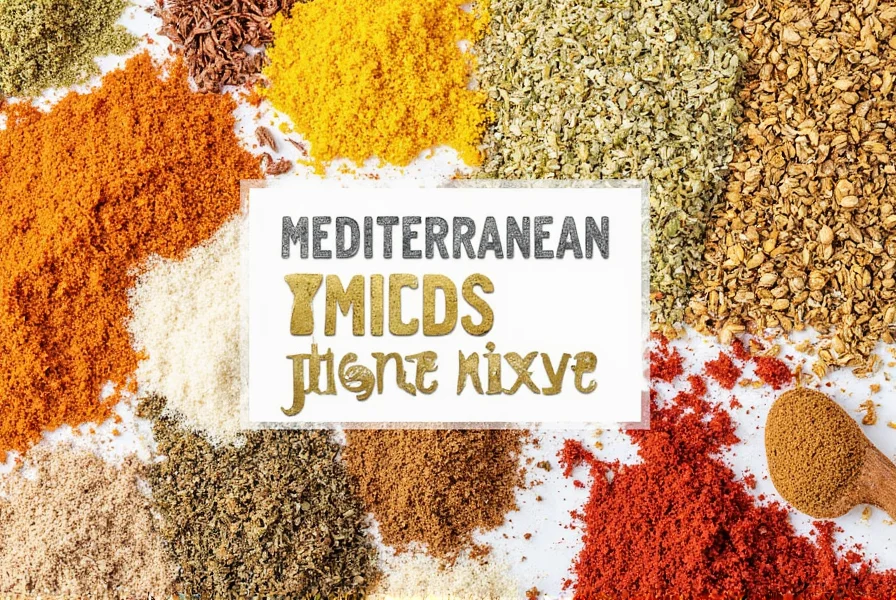
Conclusion: Embrace the Mediterranean Flavor Revolution
The journey through Mediterranean spiced cuisine is one of warmth, joy, and unforgettable flavors. Whether you're whipping up a quick weeknight pasta or hosting a dinner party inspired by coastal Europe and North Africa, these spices will transform your meals into something magical.
So go ahead—open those spice jars, toast a few seeds, sprinkle some sumac, and let the Mediterranean sun shine in your kitchen. After all, life is too short for bland food!
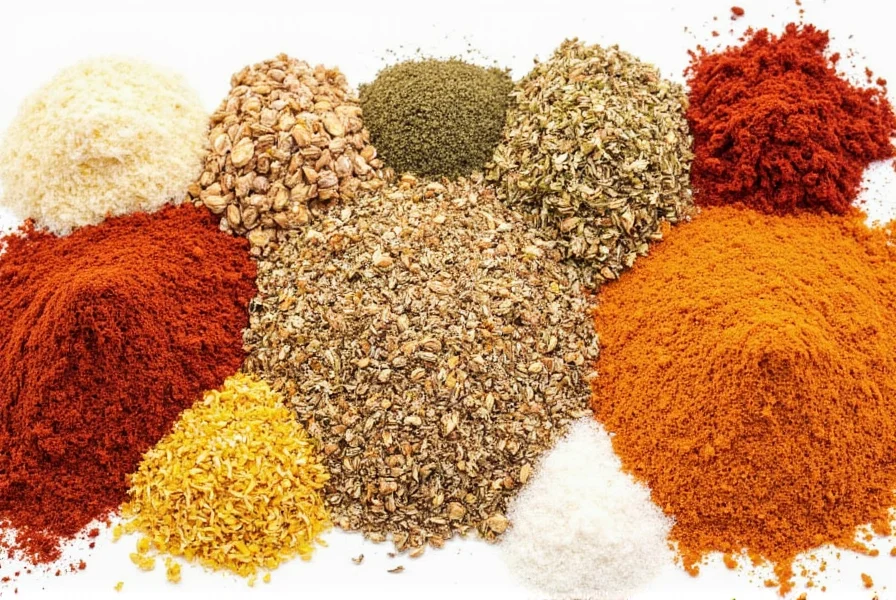

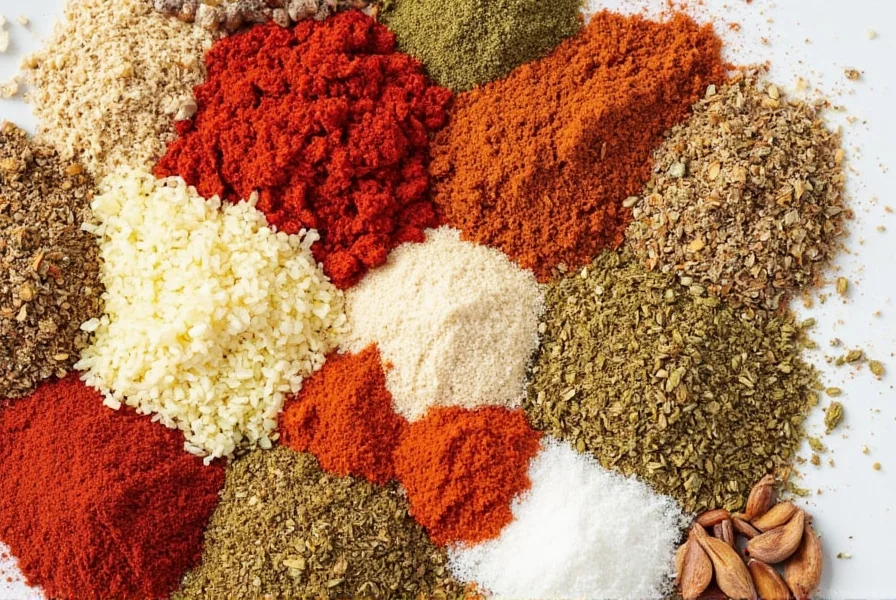









 浙公网安备
33010002000092号
浙公网安备
33010002000092号 浙B2-20120091-4
浙B2-20120091-4